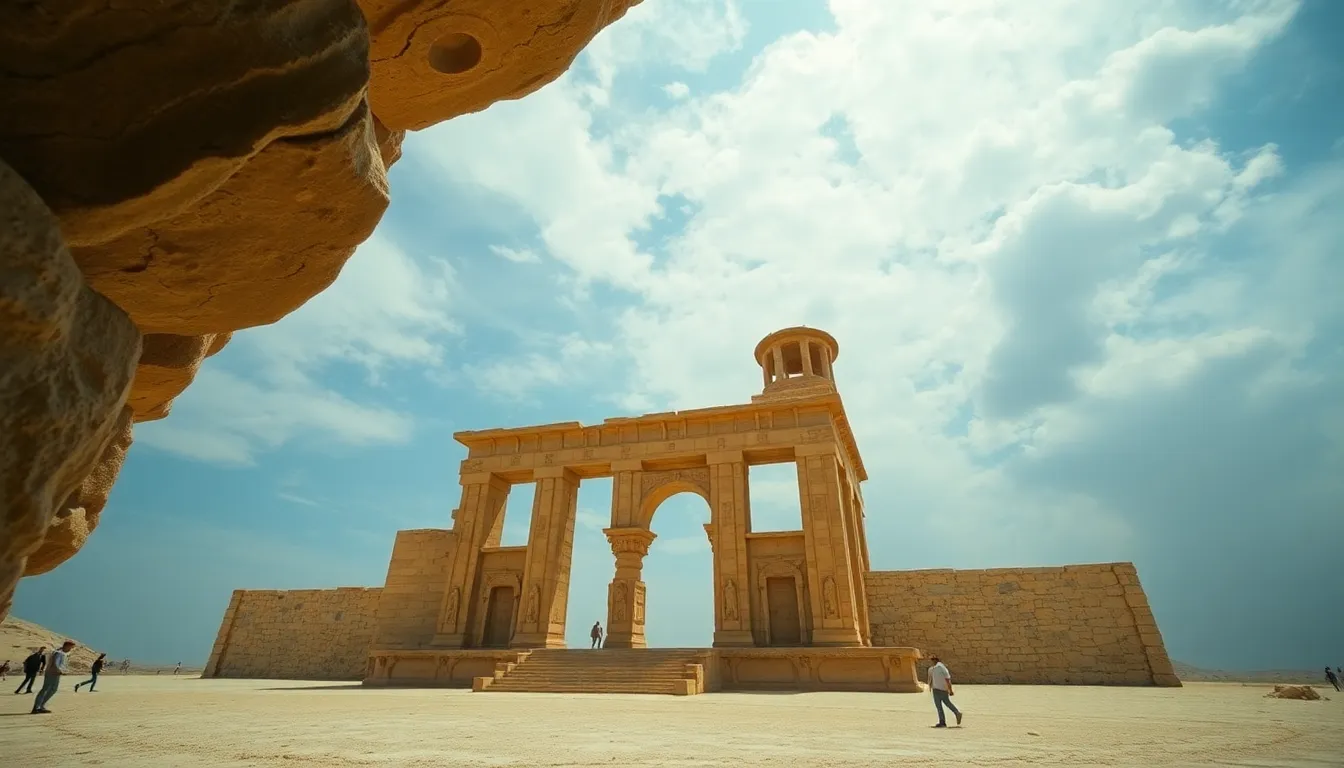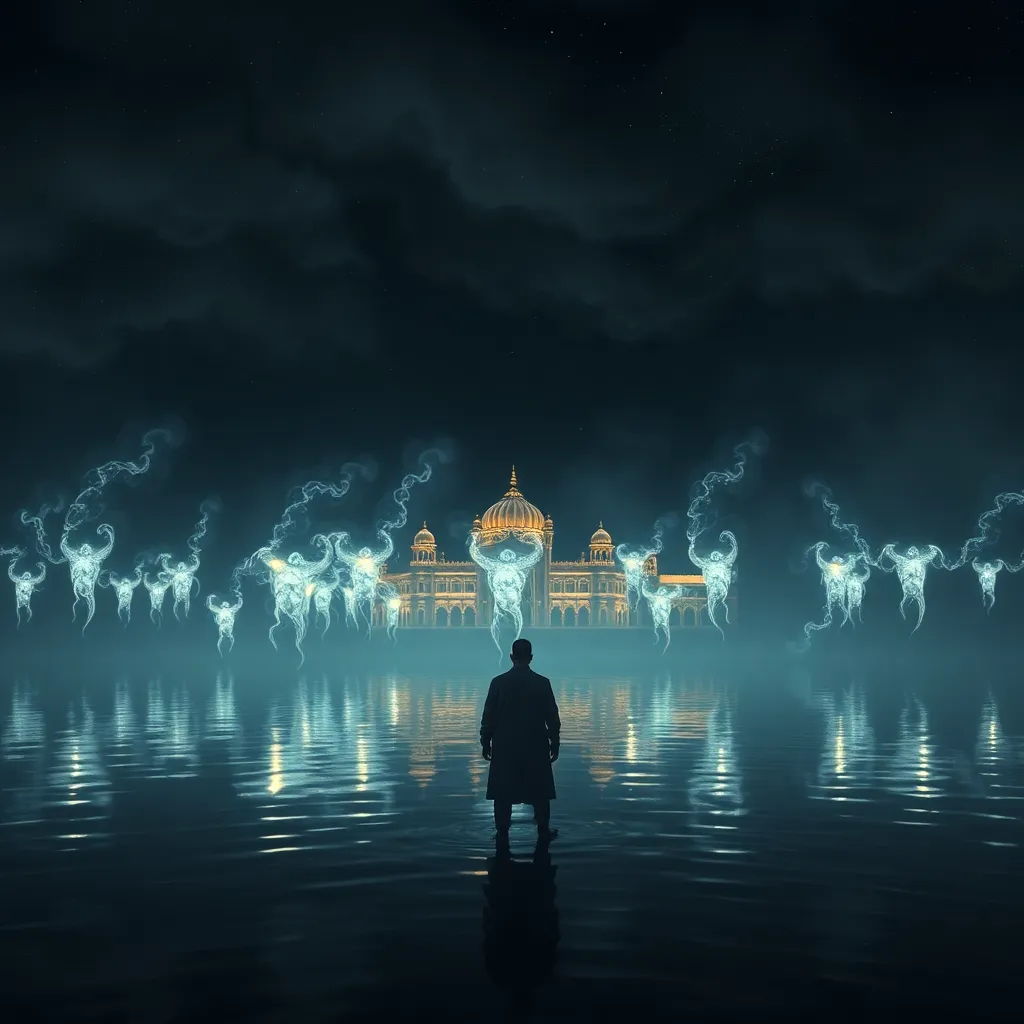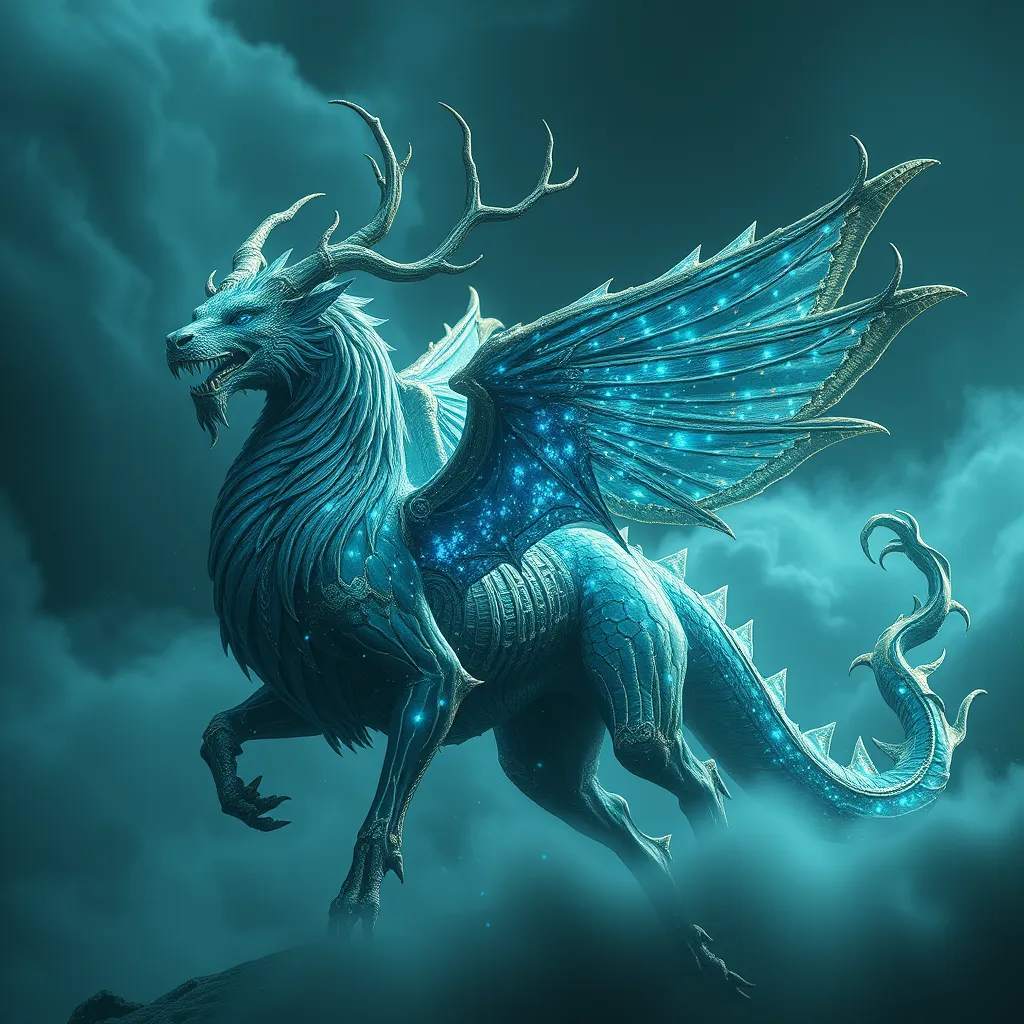Exploring the Roc’s Influence on Persian Art & Architecture
I. Introduction
The Roc aesthetic, characterized by its exuberance and ornamental richness, emerged in the early 18th century as a reaction against the grandeur of Baroque art. Originating in France, it spread across Europe, influencing various artistic practices and styles. The Rococo movement is not only significant for its visual language but also for its role in cultural exchange, notably with the art and architecture of Persia.
Pursuing a rich history that spans millennia, Persian art and architecture are renowned for their intricate designs, vibrant colors, and profound symbolism. This historical context reflects the socio-political and cultural narratives of the region, making it a crucial area of study for art historians.
This article aims to delve into the intersection of Rococo and Persian styles, examining how these two artistic movements influenced one another and contributed to the development of unique artistic legacies.
II. Historical Context of the Roc Movement
The Rococo style emerged in France during the early 1700s, gaining popularity throughout Europe by the mid-18th century. This period, marked by the reign of Louis XV, saw a shift towards more playful, lighthearted themes in art and architecture, moving away from the heavy and dramatic motifs of the Baroque era.
A. Emergence of the Roc style in Europe
Rococo is often associated with a sense of leisure and pleasure, reflecting the tastes of the French aristocracy. Key figures such as François Boucher and Jean-Honoré Fragonard became prominent artists of this movement, known for their pastoral scenes and romanticized depictions of daily life.
B. Key characteristics of Rococo art and architecture
- Ornate decoration and asymmetrical designs
- Use of pastel colors and soft lighting
- Integration of natural forms, such as shells and flowers
- Focus on themes of love, nature, and frivolity
C. Influence of socio-political factors on the Roc movement
The socio-political landscape of 18th-century Europe, characterized by the rise of the bourgeoisie and changing social dynamics, played a significant role in shaping Rococo art. The movement mirrored the desires for indulgence and personal expression, often escaping the rigid conventions of the time.
III. Overview of Persian Art and Architecture
Pursuing a rich and diverse history, Persian art reflects a myriad of influences from various cultures that have interacted with the region over centuries. Key periods, such as the Achaemenid, Sassanian, and Safavid dynasties, each contributed unique characteristics to Persian artistic expression.
A. Key periods in Persian art history
- Achaemenid Period (c. 550–330 BCE)
- Sassanian Period (224–651 CE)
- Safavid Period (1501–1736 CE)
B. Distinctive features of Persian architecture
Persian architecture is known for its grand mosques, intricate tile work, and expansive gardens. Key features include:
- Use of iwans and domes
- Elaborate calligraphy and tile mosaics
- Integration of water features in gardens
C. The role of symbolism and motifs in Persian art
Persian art is rich in symbolism, often utilizing motifs such as the lotus, the cypress tree, and geometric patterns to convey deeper meanings tied to spirituality, nature, and the cosmos.
IV. Points of Contact: Trade and Cultural Exchange
The historical trade routes, notably the Silk Road, facilitated cultural exchanges between Europe and Persia, allowing for a rich dialogue between the two regions. During the Rococo period, this exchange became particularly significant.
A. Historical trade routes between Europe and Persia
Trade routes not only enabled the exchange of goods but also ideas, artistic techniques, and cultural practices. Luxury items such as textiles, ceramics, and manuscripts were exchanged, influencing artistic trends in both regions.
B. Cultural interactions and exchanges during the Rococo period
The Rococo period saw an increased interest in exoticism, with European artists and patrons drawn to Persian aesthetics. This fascination led to the incorporation of Persian motifs in European decorative arts and vice versa.
C. Impact of these exchanges on artistic practices
Such interactions fostered a blending of styles, resulting in innovative artistic practices that enriched both Rococo and Persian art. Artists began to experiment with new forms and techniques that reflected this cross-cultural dialogue.
V. The Roc’s Aesthetic in Persian Art
In examining the influence of Rococo on Persian art, several key areas stand out, particularly in painting and textile design.
A. Analysis of specific Rococo influences on Persian painting
Persian miniature painting, known for its detail and color, began to incorporate Rococo elements such as playful compositions and softer color palettes, reflecting the lighthearted nature of Rococo art.
B. Examination of Rococo elements in Persian textiles and decorative arts
Persian textiles, particularly carpets and silk fabrics, showcased Rococo designs through intricate patterns that combined traditional motifs with European influences, leading to a unique synthesis of styles.
C. Case studies of notable Persian artists incorporating Rococo style
Artists such as Mohammad Zaman and Reza Abbasi exemplified this blending of styles, producing works that reflect both Persian heritage and Rococo aesthetics, thereby enriching the visual language of Persian art.
VI. Architectural Synthesis: Rococo and Persian Styles
The blending of Rococo and Persian architectural styles produced unique structures that embody characteristics of both traditions.
A. Examples of buildings that showcase Rococo influences in Persian architecture
Structures such as the Chehel Sotoun Palace in Isfahan illustrate this synthesis, featuring elaborate decorations and gardens reminiscent of European styles.
B. Architectural motifs that blend Rococo and Persian elements
- Asymmetrical layouts and decorative friezes
- Floral motifs and intricate stucco work
- Use of light and airy spaces that evoke a sense of elegance
C. Discussion of significant structures resulting from this synthesis
Significant buildings, such as the Golestan Palace, exemplify the successful integration of Rococo aesthetics with traditional Persian architecture, creating spaces that celebrate both cultural identities.
VII. Legacy and Continued Influence
The influence of the Rococo style on Persian art and architecture persists today, as contemporary artists continue to explore themes of cross-cultural dialogue.
A. How the Roc’s influence persists in modern Persian art and architecture
Modern Persian artists often draw inspiration from the Rococo era, incorporating its playful elements into their works, thereby keeping the dialogue between these two rich traditions alive.
B. The role of global art movements in shaping contemporary perspectives
Global art movements have increasingly emphasized the importance of cultural exchange, encouraging artists to engage with diverse influences and explore their implications in modern contexts.
C. Future directions for research on cross-cultural influences
Future research may focus on the nuanced ways in which Rococo aesthetics are interpreted and adapted within Persian artistic traditions, contributing to a greater understanding of global art histories.
VIII. Conclusion
In summary, the Roc’s impact on Persian art and architecture reveals a rich tapestry of cultural exchange and artistic innovation. Key findings illustrate how these two styles, while distinct, influenced each other significantly, leading to unique expressions that reflect a broader narrative of artistic evolution.
Cultural exchange remains a vital aspect of art history, underscoring the interconnectedness of global artistic traditions. The enduring legacy of both Rococo and Persian art continues to inspire contemporary artists and scholars alike, inviting further exploration of their rich histories.



